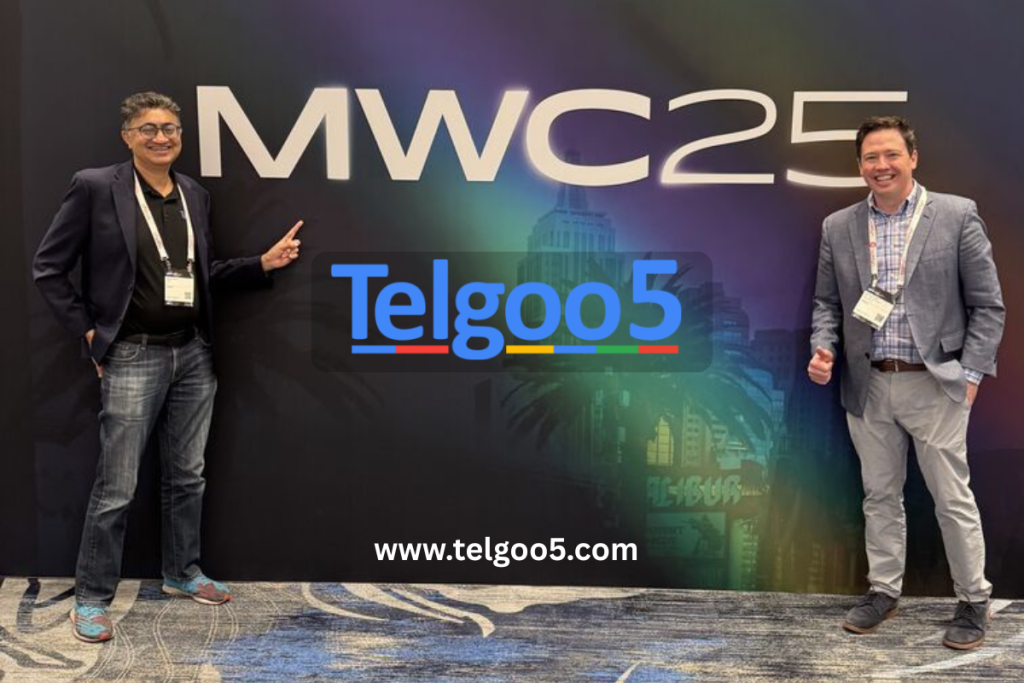MWC Las Vegas 2025 brought the industry together with one clear theme: operators and enterprise customers are moving from promise to production. At the show we saw tangible progress across private networks, edge compute, IoT monetization, and — crucially — the operational tooling needed to make those initiatives profitable and repeatable.
At Telgoo5’s booth we focused on how cloud-native BSS/OSS and real-time charging enable commercialization of next-gen connectivity. Below are the fresh themes and practical takeaways we heard on the floor — and how Telgoo5 helps operators, MVNOs, and enterprises turn technical capability into revenue.
Commercializing 5G means operationalizing it
Conversations at MWC weren’t just about radio or spectrum — they were about how to monetize new connectivity (slices, private networks, URLLC, IoT). The missing link for many organizations remains operational maturity: billing, partner settlement, lifecycle management and analytics must be real-time and developer-friendly.
What buyers asked for:
- Programmable charging APIs for new commercial models (slicing, per-session charging)
- Fast partner onboarding and revenue share orchestration
- Billing models that support device fleets, short-term subscriptions, and usage bursts
Telgoo5’s architecture is built to support these needs: an API-first billing/charging stack, realtime event handling, and partner-aware invoicing.
Edge + cloud: the integration challenge
Edge compute use cases are moving into pilot and early production. But many pilots fail to scale because orchestration between edge workloads and the monetization stack is manual.
Common asks:
- Clear hooks for edge usage metrics into charging systems
- Automated triggers to apply different SLAs/prices based on edge location or latency class
- Reporting that reconciles edge consumption for accounting and contractual SLAs
By connecting real-time telemetry to charging and reporting, operators can turn edge experiments into billable services with predictable margins.
IoT is getting more vertical (and more complex)
IoT sessions at MWC were less about hype and more about verticals: logistics, utilities, retail, and manufacturing. Each vertical needs different provisioning, churn assumptions, and reconciliation.
What matters operationally:
- Tiered provisioning flows for different device classes (SIM vs eSIM vs embedded)
- Billing that supports per-device telemetry, bulk bundling, and tiered SLAs
- Rapid dispute resolution and reconciliation for high-volume device fleets
Telgoo5 supports flexible device onboarding and reporting that makes vertical billing simpler and auditable.
Developer-friendliness isn’t optional
We met product and engineering teams whose top priority is developer-first integrations. Telcos that provide clean APIs, sandbox environments, and sample code are winning partner mindshare.
Essential developer features:
- Self-serve API keys and sandboxes for partners
- Clear documentation and sample integrations for common flows (provisioning, rating, invoicing)
- Webhooks + event streams for live automation and observability
A cloud-native BSS with a developer-first approach shortens time-to-value for new partners and services.
Fraud, resiliency and the trust factor
Security and fraud mitigation were recurring topics — from SIM abuse and messaging fraud to protecting emergency services. Buyers are treating resiliency controls as procurement checklist items rather than optional add-ons.
Operational controls in demand:
- Real-time CDR analytics and anomaly detection
- SMS gateway and messaging throttles with backpressure
- Automated quarantine and reconciliation for suspect IMSIs/MSISDNs
Integrating detection and mitigation into the BSS layer reduces the operational burden and speeds response.
Partnerships win — orchestration trumps monoliths
Across booth conversations it was clear that vendors who embrace partner ecosystems — device logistics, retail distribution, payment providers, systems integrators — enable faster, cleaner launches. Customers prefer orchestration layers that coordinate partners reliably rather than single vendors promising to do it all.
Key capabilities:
- Role-based access and partner scoping
- Clear API contracts for provisioning and settlement
- Audit-friendly logs for reconciliation and payouts
Telgoo5’s partner orchestration features make multi-party rollouts predictable and measurable.
Final takeaway: bridge speed with control
MWC Las Vegas confirmed what we’ve seen in our customers: speed is essential, but repeatability and control make speed sustainable. Teams that combine fast launches with real-time observability, automated settlement and partner orchestration stop treating launches as one-offs and start running a scalable business.
If you missed us at MWC and want a demo of how Telgoo5 can help you monetize 5G, edge, or IoT initiatives faster — reach out at sales@telgoo5.com and we’ll walk you through a live demo and a readiness checklist.
Source: MWC

